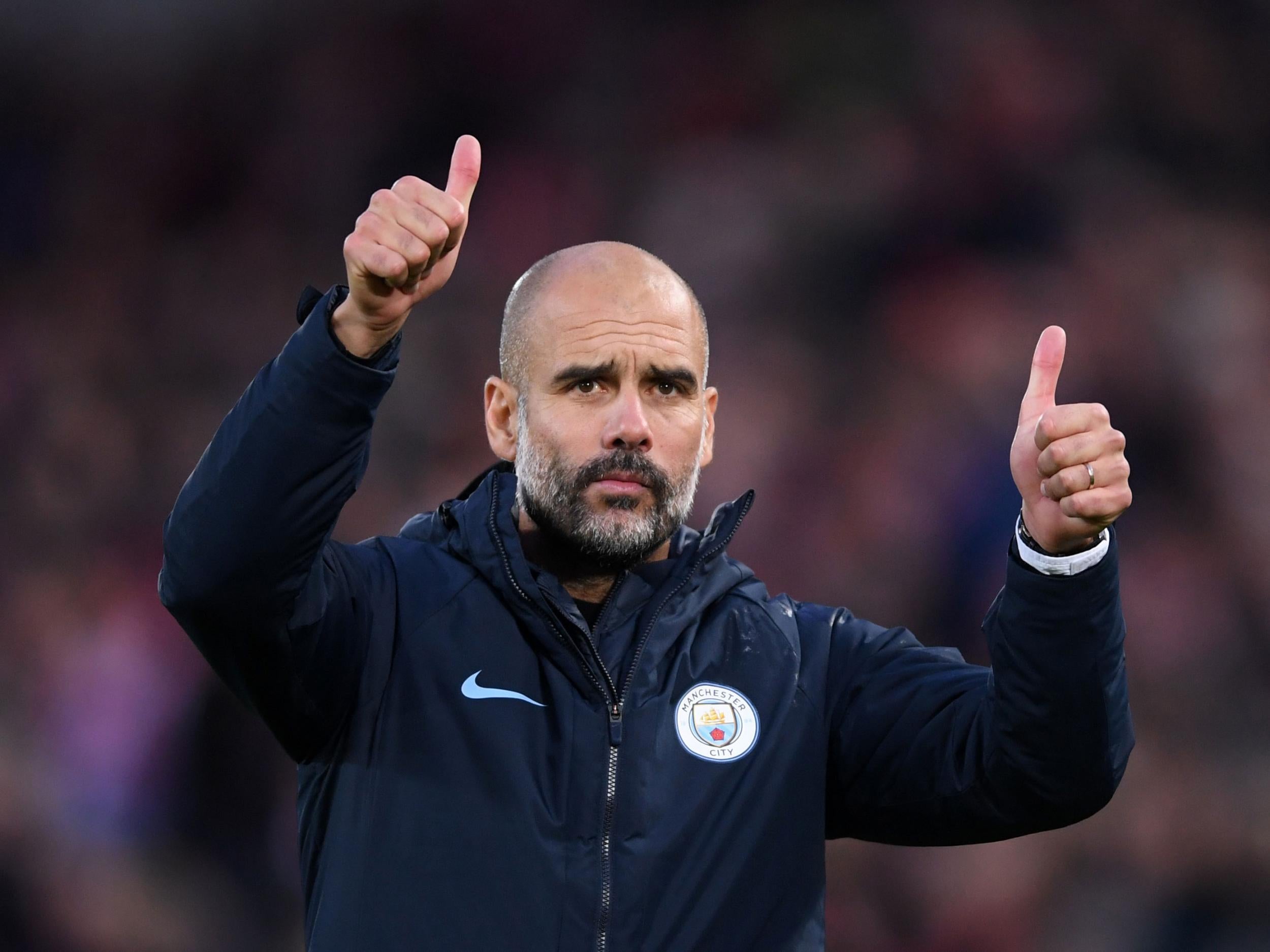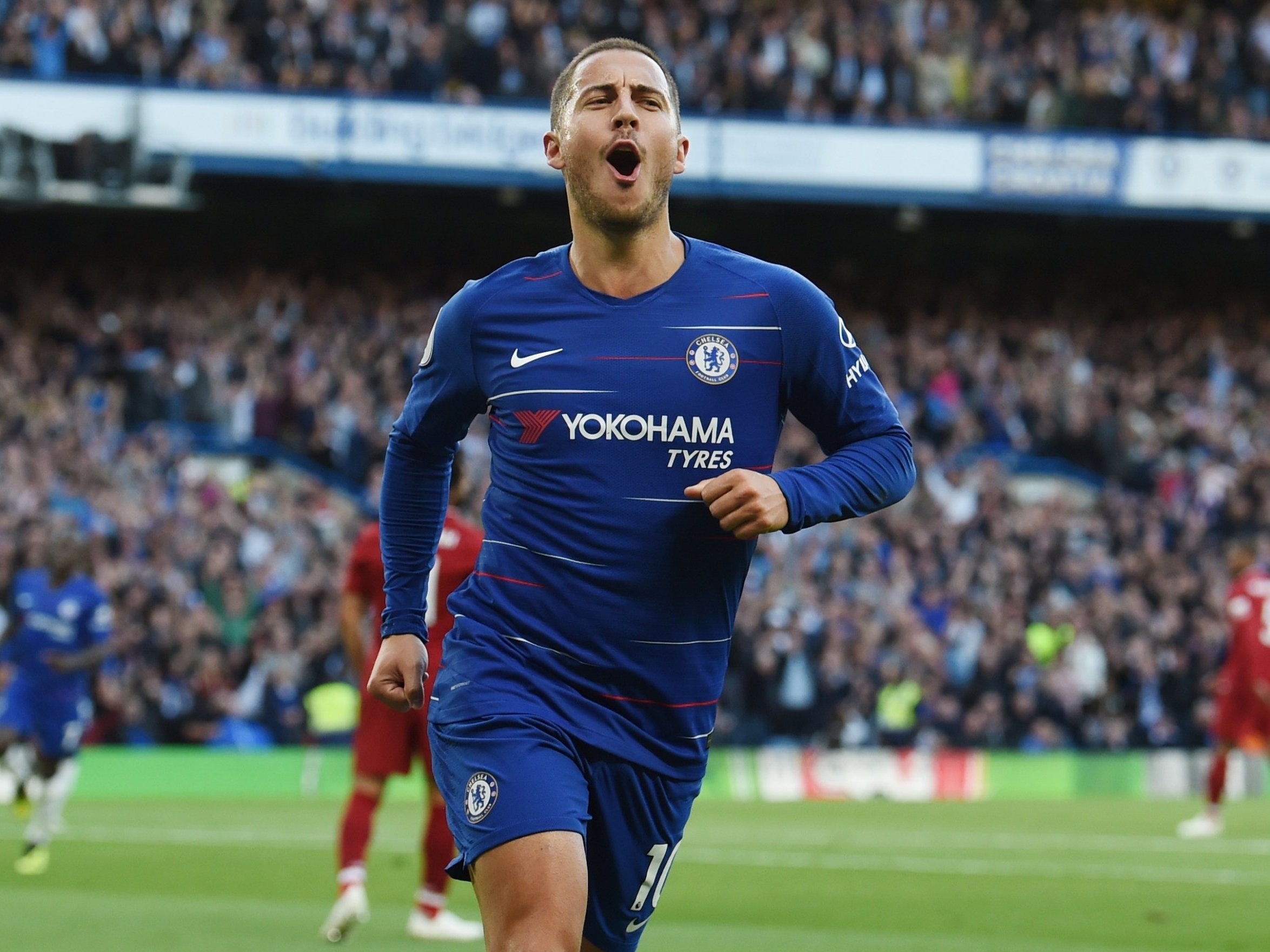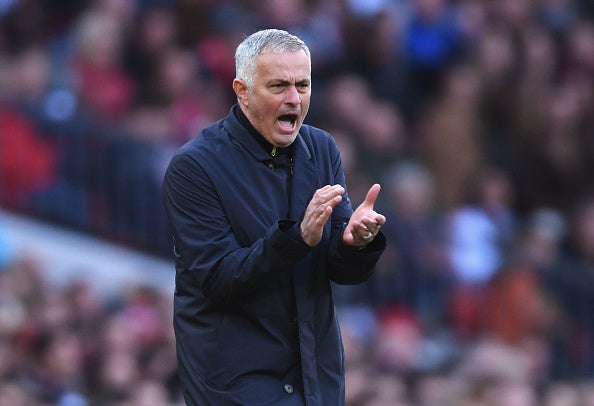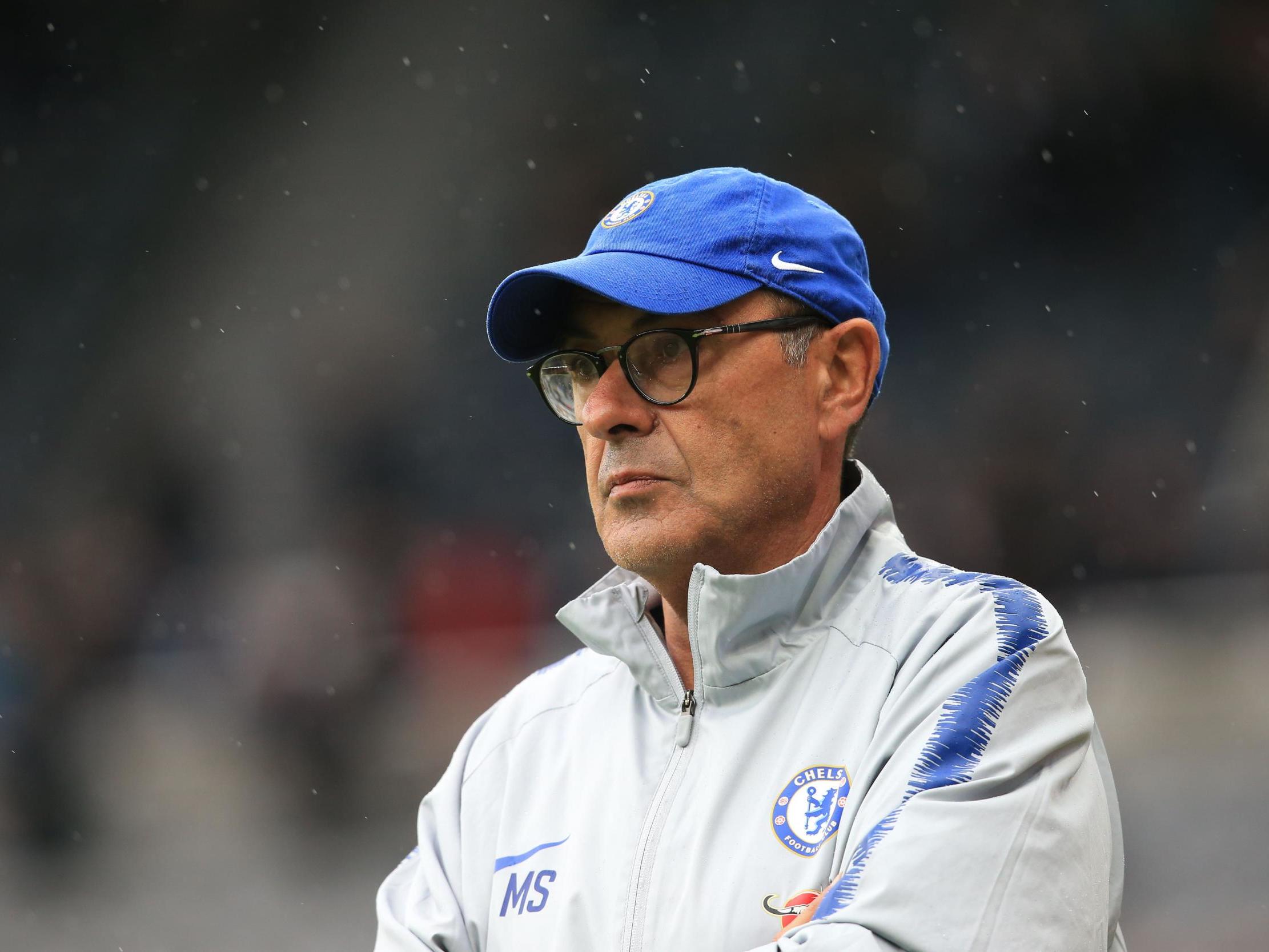Chelsea vs Manchester United: How pressing became the new tactical battleground
Pressing has become that co-ordinated, that sophisticated, that managers and players now have to concentrate on a completely different dimension of play

Your support helps us to tell the story
From reproductive rights to climate change to Big Tech, The Independent is on the ground when the story is developing. Whether it's investigating the financials of Elon Musk's pro-Trump PAC or producing our latest documentary, 'The A Word', which shines a light on the American women fighting for reproductive rights, we know how important it is to parse out the facts from the messaging.
At such a critical moment in US history, we need reporters on the ground. Your donation allows us to keep sending journalists to speak to both sides of the story.
The Independent is trusted by Americans across the entire political spectrum. And unlike many other quality news outlets, we choose not to lock Americans out of our reporting and analysis with paywalls. We believe quality journalism should be available to everyone, paid for by those who can afford it.
Your support makes all the difference.Ahead of Chelsea’s last match against one of the big six, both managers faced a quandary that is likely to also be key to the London side’s next such fixture, against Manchester United on Saturday.
It was about precisely how to press but, just as tellingly, precisely how to respond to pressing.
Jurgen Klopp has gradually adapted his approach so that Liverpool are actually much more calculated against top sides, stepping off so that play is channelled into certain areas, and then “springing the trap” by getting a "pack" of attackers to sprint full pelt at the struggling player on the ball. It was this that led to those two eviscerations of Manchester City last season, and this that saw Pep Guardiola so compromise his own approach in their recent 0-0.
It was this, however, that Klopp realised might be futile against Chelsea. Knowing that Maurizio Sarri’s squad are still learning his style and nowhere near the cohesiveness the Italian would like, the Liverpool manager told his attackers to press so much higher at Stamford Bridge, and in the more frenzied way that is typically associated with his teams. That, he felt, would bring more errors than usual. It was just that Sarri himself second-guessed this. He didn't get Chelsea to press so high themselves, and they ultimately took advantage of the consequent greater space in behind Liverpool’s first line as Jorginho was able to pick passes. It was exactly that which brought the game’s opening goal for Eden Hazard.
And it is exactly this quandary that is bringing the entire game to greater peaks right now. The key tactical battle at the very top end of football is no longer so much about what is done with the ball, but about what is done with pressing, how managers arrange it and how they respond to it. Teams must primarily reshape themselves around an opposition's pressing approach, while recalibrating their own.
Pressing has become that co-ordinated, that sophisticated, and thereby taken the game to greater levels of sophistication. You could even say it has made top-level football 4-D, given how managers and players now have to concentrate on a completely different dimension of play.
“The focus is now not on the ball, but around the ball and away from the ball,” FA elite coach David Powderly explains. “It’s become a game of chess. Coaches will change players and type of press depending on how the opposition press.”
So, if a side presses with three players in a co-ordinated attack, the opposition manager will have to reshape his side around this. It is almost as if it is the game’s new gravitational force, influencing and bending top matches around it.
It has given managers so much more to think about, and players so many more instructions. It has really changed how they must think.
Uefa’s own technical reports describe it as “the Guardiola effect” due to the huge landmark in football history represented by his 2008 appointment at Barcelona and his re-imagining of pressing there.

Even the Catalan, however, has had to adapt to keep up with the evolutions from his own influence.
“Look how Guardiola looks to adapt to teams pressing City from goal kicks,” Powderly explains. “He got City players to stand almost near the opposition box, and Ederson would kick it long. The opposition then couldn’t go full press, they were half and half. City could do both, which makes them so hard to play against.”
That’s because the top teams are also doing so much more, too. Pressing has itself evolved drastically since 2008, becoming so much more integrated and intense, to the point that Simon Kuper argued earlier this year it should instead be renamed “storming”.
There’s certainly been a storm of goals in European football. The 2017-18 Champions League season was the highest scoring ever and, aside from pressing opening the sport up, the majority of strikes came from the influence of the approach. Over half of the 401 goals were from attacks that started in the final third. A massive 96 of the 323 open-play goals, meanwhile, came from latching onto a loose opposition ball - up from 69 in 2016-17.

This effect doesn’t just require intensity in games. It requires intensity of work in training, and deep integration.
“It takes time on the grass to work, and players must be all in,” Powderly explains. “There's no point one or two players pressing high as they will get picked off.”
Hence these highly co-ordinated groups. That is what Sarri idealises and is aiming for at Chelsea, what Klopp has specialised in, and what Guardiola initiated.
And that is what is now so relevant to Saturday at Stamford Bridge, as well as the ongoing debates about Jose Mourinho’s career and whether the game has left it behind. Does he do this? How does he respond to this?
In Real Madrid’s 2011 summer tour of Los Angeles, he told his players: “nobody in the history of football has closed down and covered as perfectly as [my] Inter.”

That was probably true then, when the 2009-10 European champions offered a defensive masterclass and an apparent blueprint about how to face Guardiola’s Barca in that season’s semi-final.
The grand proclamation at the time was that if the Catalans were going to control the ball, Inter would control the relevant space - and not let the ball into the areas that mattered. It is a measure of the quantum leap in the evolution of the game, however, that something that was genuinely so genius at the time now seems almost primitive. That could be seen in how, faced with a similar challenge against Spain on Monday, Gareth Southgate spoke of how futile it now seems to “just defend for 90 minutes”.
That blueprint is outdated. The prevailing trend is to reshape around the press. It is much more fluid, and multi-dimensional.
It would be wrong, however, to say Mourinho does not press at all. He was an influence in its evolution, too, if nowhere near as pronounced as Guardiola. He did push it on in the mid-2000s, though, before the Catalan caused a football Cambrian explosion.
“With Derlei, we used to press high up the field,” Mourinho said of his 2004 Porto side. And this has been consistent. His sides have pressed in concerted bursts, as can still occasionally be seen with United. It was what leaves a certain frustration with them, because there have been performances where you can see the intensity Mourinho and his attackers are capable of.

But this is also the problem. It as if this entire tactical trend of “storming” has bypassed Mourinho.
First of all, he generally refuses to press as high as most modern top teams do, because of an inherent fear about the space left behind.
Secondly, there just isn’t the same level of co-ordination. Uefa’s own technical report describes United as a side who “defended in mid-to-low block; rarely pressed high and collectively”, and it tallies with what the view of one football figure well accustomed to all of this.
“There’s no real strategy to United's press or how they are going to get the ball if the opposition play out from the back.”
That doesn’t mean that highly motivated Mourinho sides can’t still have success, and raises a question about how they’ll approach Saturday.
It is a similar quandary to the Chelsea-Liverpool game, if from a different perspective.
Sarri is so obsessed with pressing, and preaches it to such a level, that he has gone on long monologues about how his side are out by mere metres in terms of distance from each other. That is how co-ordinated this is. That is still a level Chelsea are short of.
So do United seek to exploit that, by setting up high as Liverpool did, or sit back in the hope that Sarri’s side don’t yet have the cohesion to break them down ?
The former would be forward-thinking, the latter more like something from 2010.
Either may be successful on the day, as Mourinho himself has been of late against Liverpool. But it is clear that pressing is reshaping the future, as well as how elite teams now play.
Join our commenting forum
Join thought-provoking conversations, follow other Independent readers and see their replies
Comments